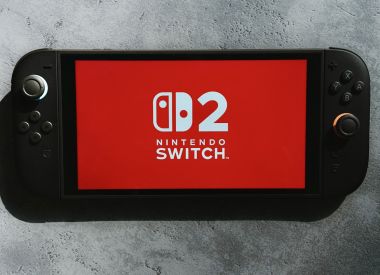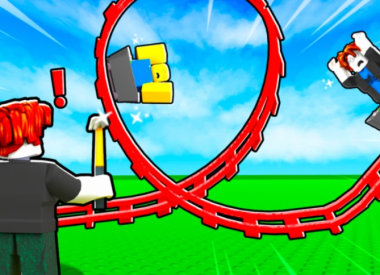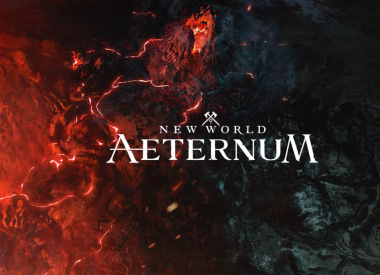Gorogoa is a strange, intense, beautiful experience. It’s best described as a puzzle game, but those words fall short of expressing Gorogoa ’s entrancing nature.
Gorogoa is a white screen with four panels. You start off with just one image, quaintly hand-illustrated with an 18th-century storybook feel. You’re never given any text, aside from a brief explanation of how to zoom in on hotspots within images, so you must guess from exploring the image what your goal should be.
By zooming in on hotspots or moving a scene’s vantage point from left to right, you may unlock an image that separates from itself. Part of the image will lift away like a frame, forming a new panel. Behind that frame, an entirely new image may be revealed, a glimpse into a whole other place and time.
There is a story to Gorogoa, but it’s not linear. You understand what’s happening in an intuitive, sometimes visceral way. The worlds in the panels are sometimes in ruins, sometimes warm and cozy; you might see bright stars and tufts of cloudstuff, or a room crammed with scientific instruments; sometimes there are golden statues and tidy cities, and sometimes there are crammed bunkers and sinister thumps in the night.
The most intriguing thing about Gorogoa may be the players’ lack of control over their characters, whom they must follow through these four panels as they build worlds for them to travel back and forth. If one panel has an elegant door frame leading to nowhere, and another panel features an empty grassy plain with your character standing there waiting, placing the door frame over the plain may allow your character to travel from the plains to some entirely new location. Your little character will rustle to life, travel through to that new world, and then freeze, waiting.
There’s no time pressure, but Gorogoa still manages to feel urgent, in part due to its strangeness. Bizarre monsters and fantastic beasts simmer through these panels, some alive, some in graven images, others never glimpsed but only felt. It’s so beautiful, so bizarre. You want to find out what has happened in this strange world, why you’re moving this delicate figure from place to place, how you’ve come to be some kind of Lord of Time and Space, solving visual riddles to get to the bottom of his tale. The puzzles are just challenging enough to take time and feel satisfying to solve without feeling cheap, and there’s a special thrill in realizing some clever thing you’ve overlooked that winds up being the key to the whole riddle.
I aso enjoy seeing the characters think. Sometimes you’ll come into a room with some other character (or maybe it’s you in some other time and place, or some other world), and little thought bubbles with pictures will flash next to their heads. It makes the character feel really alive in the way the best storybooks do, like you’re peeking in on a God’s-eye view of their needs and thoughts.
Overall, Gorogoa ’s air of soft enchantment and mystery is girded by its four-panel gameplay mechanic, the tiny capsule worlds contained within each panel and the unique, vintage illustration style. A lot of indie games feature hand-illustrated art and puzzle elements, but Gorogoa has honed its aesthetic and mechanic to a level that will be hard to match, let alone beat.
Are you interested in an indie puzzle game like Gorogoa? Feel free to let us know in the comments section below.


















